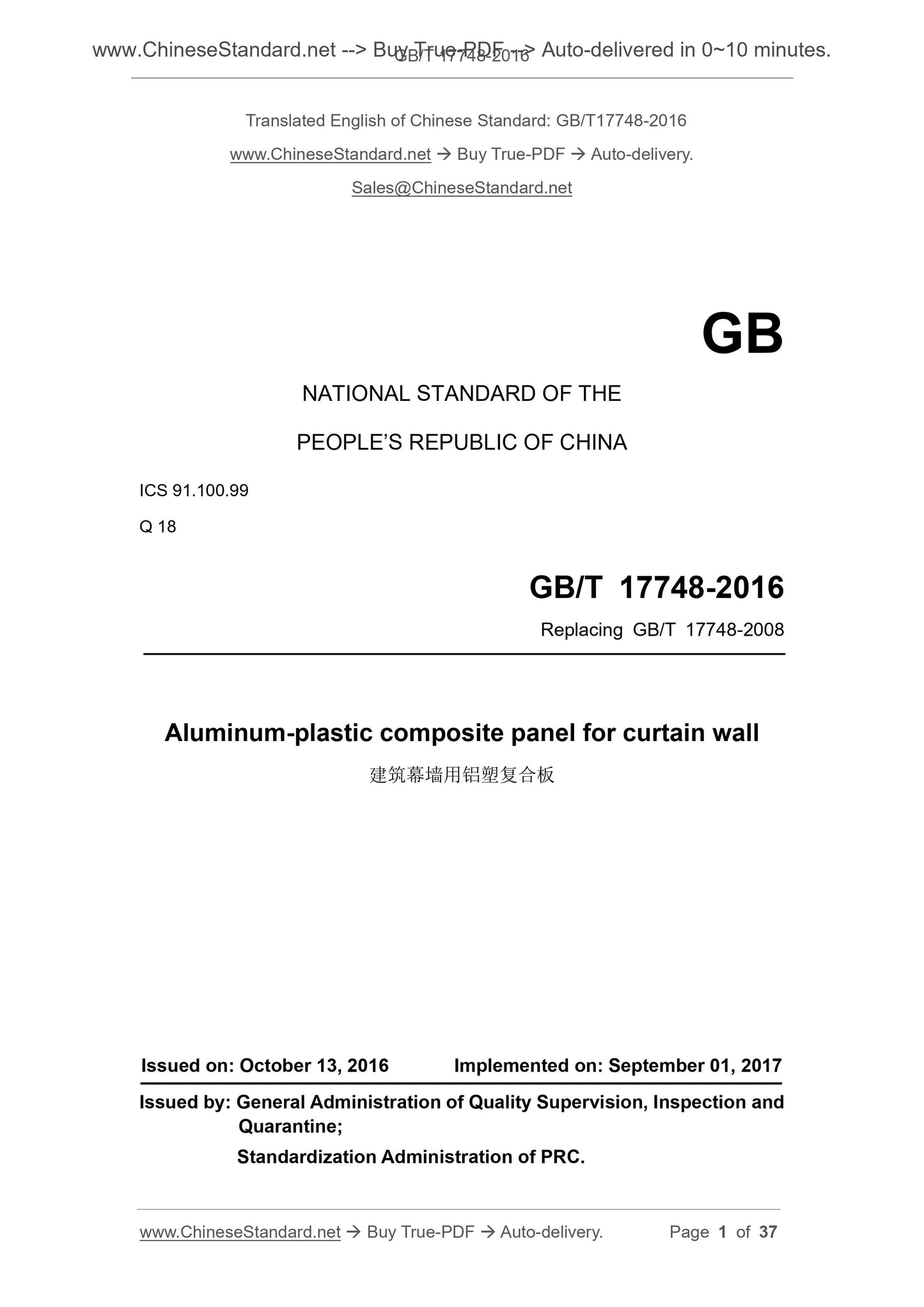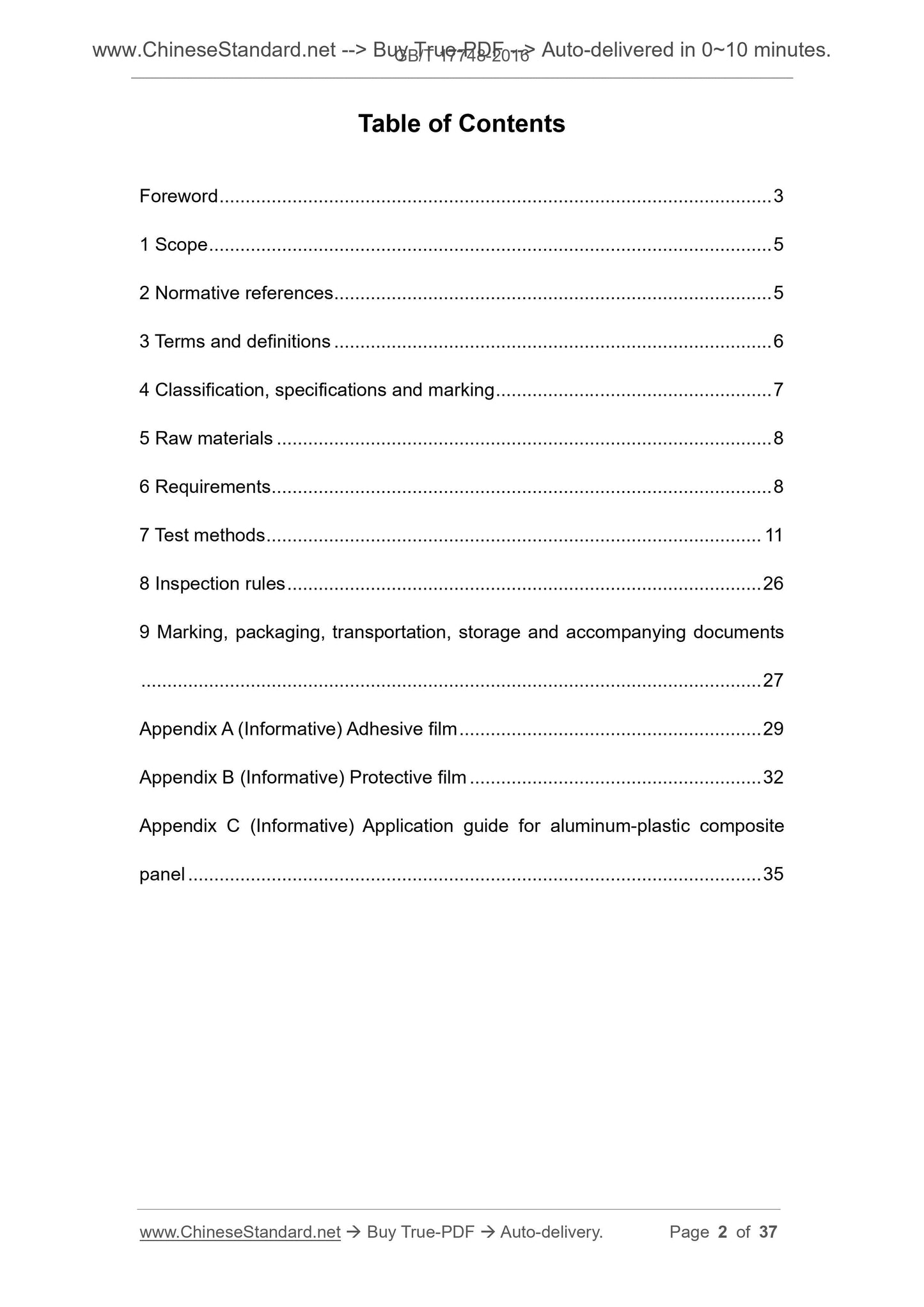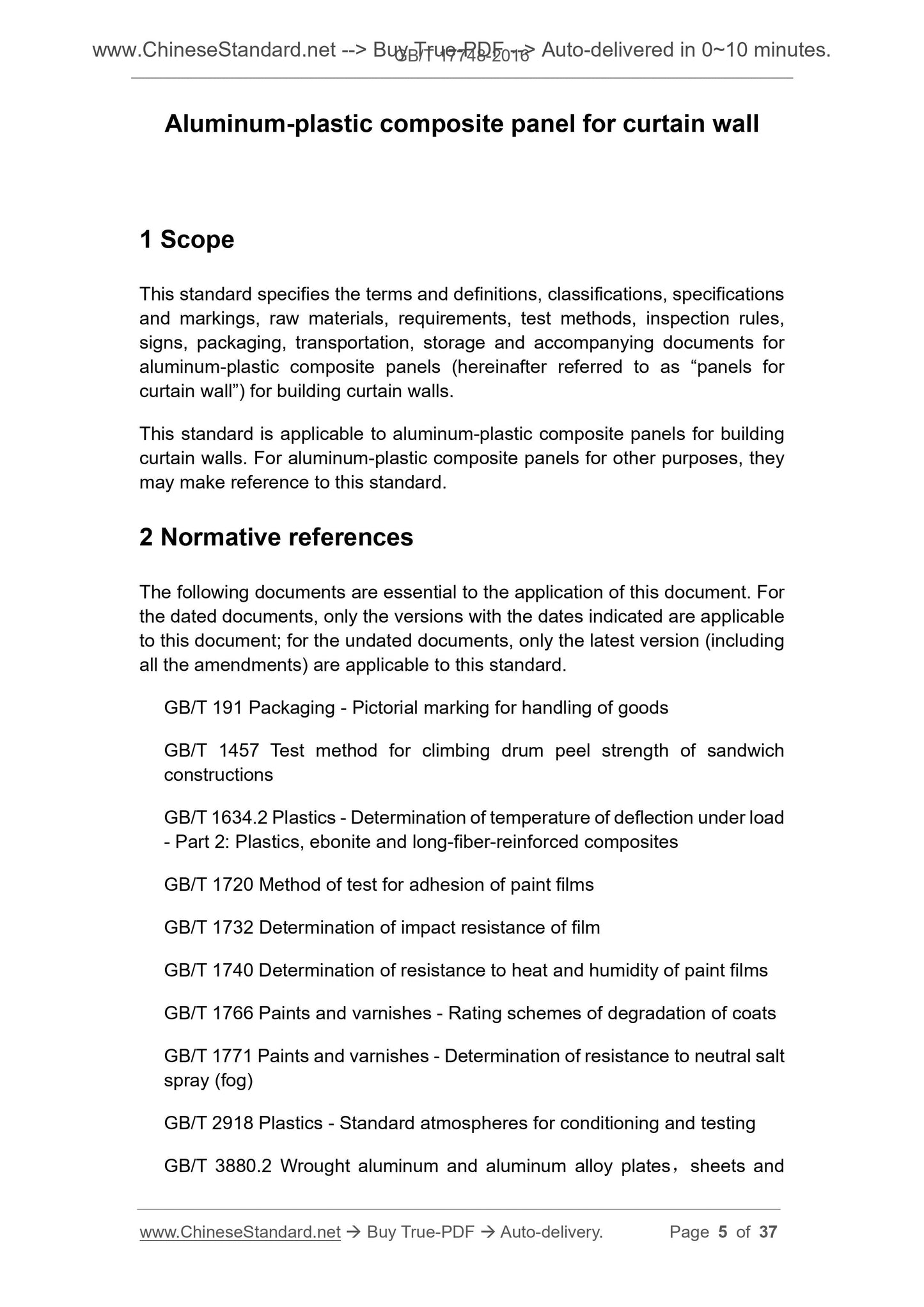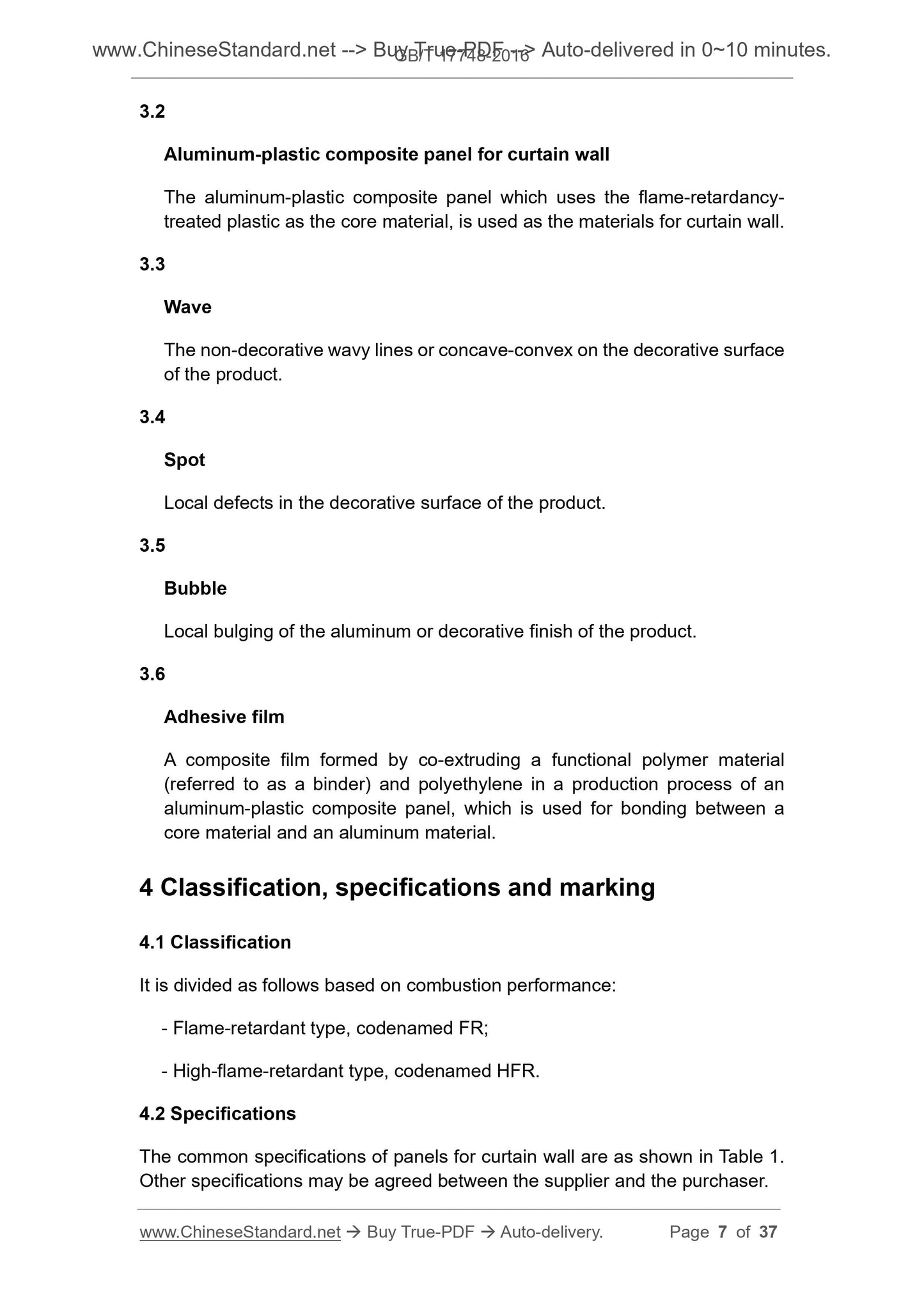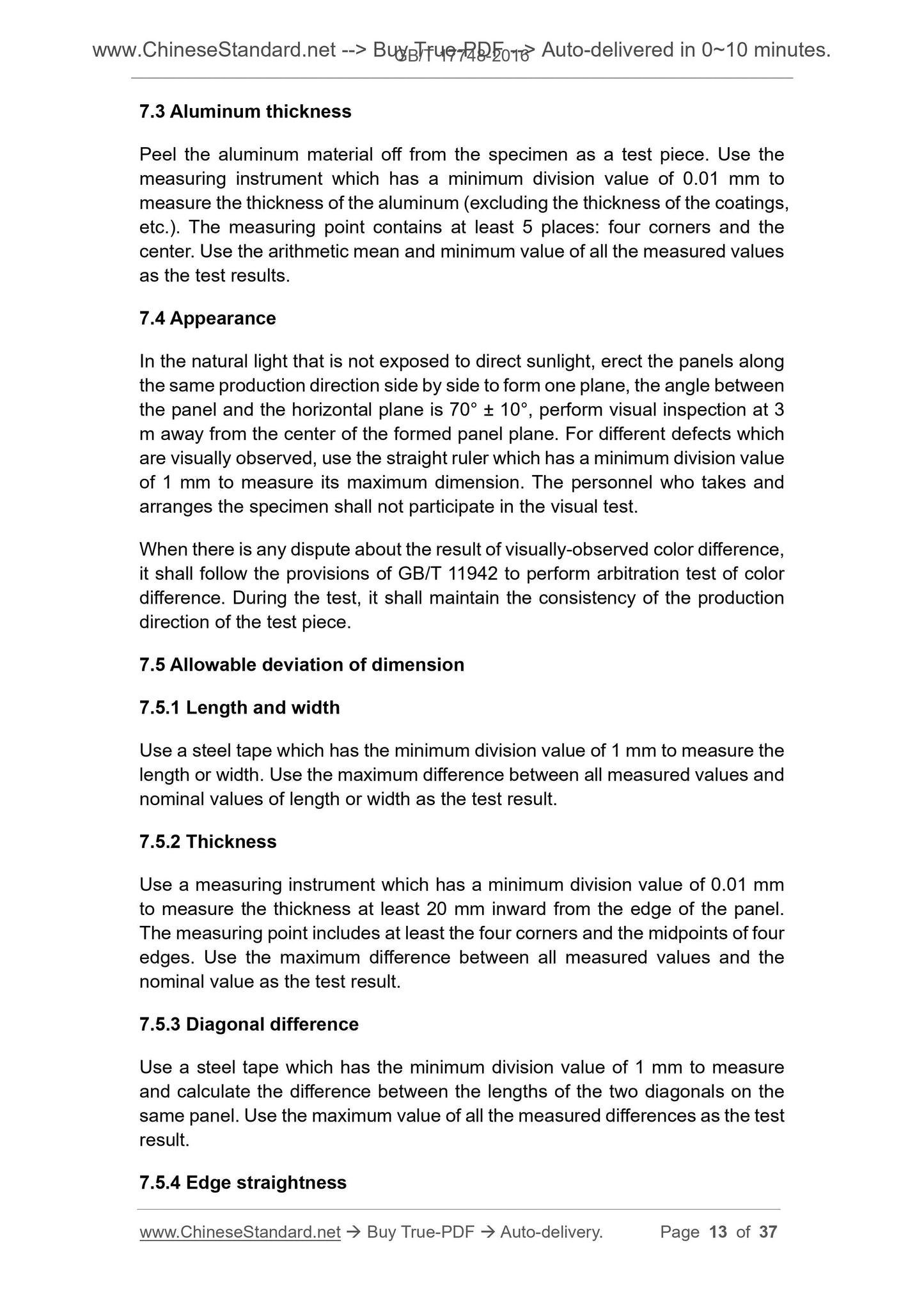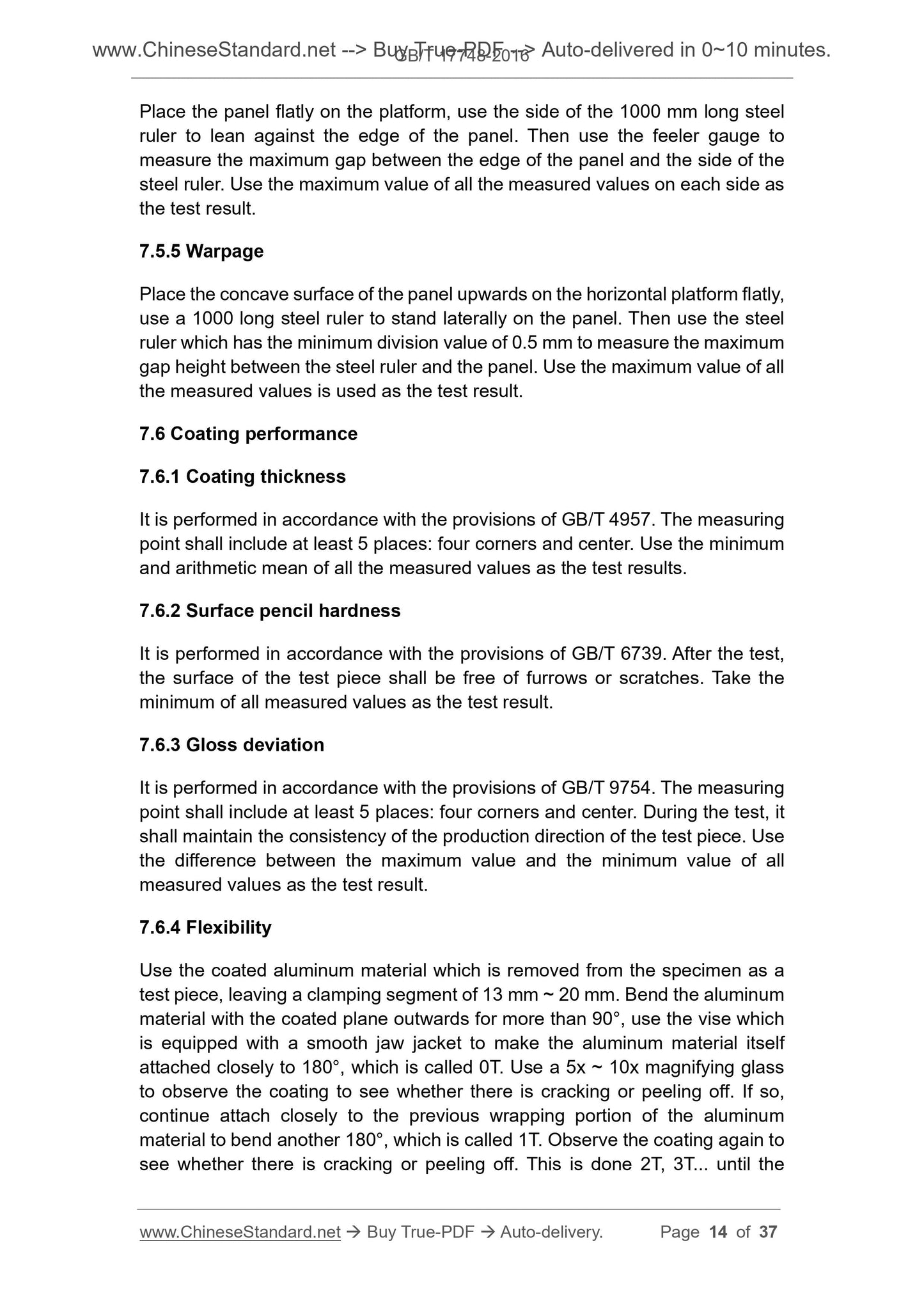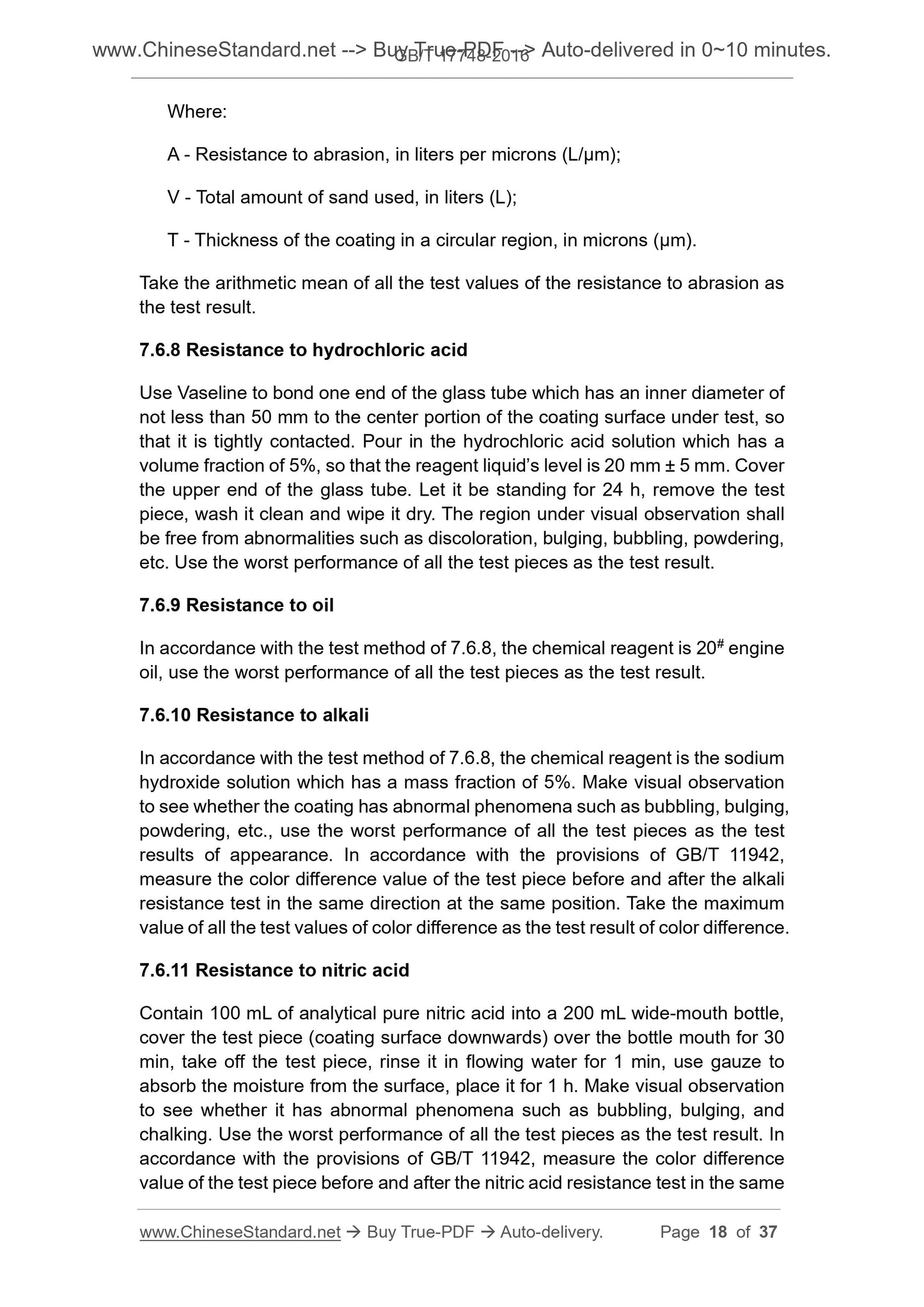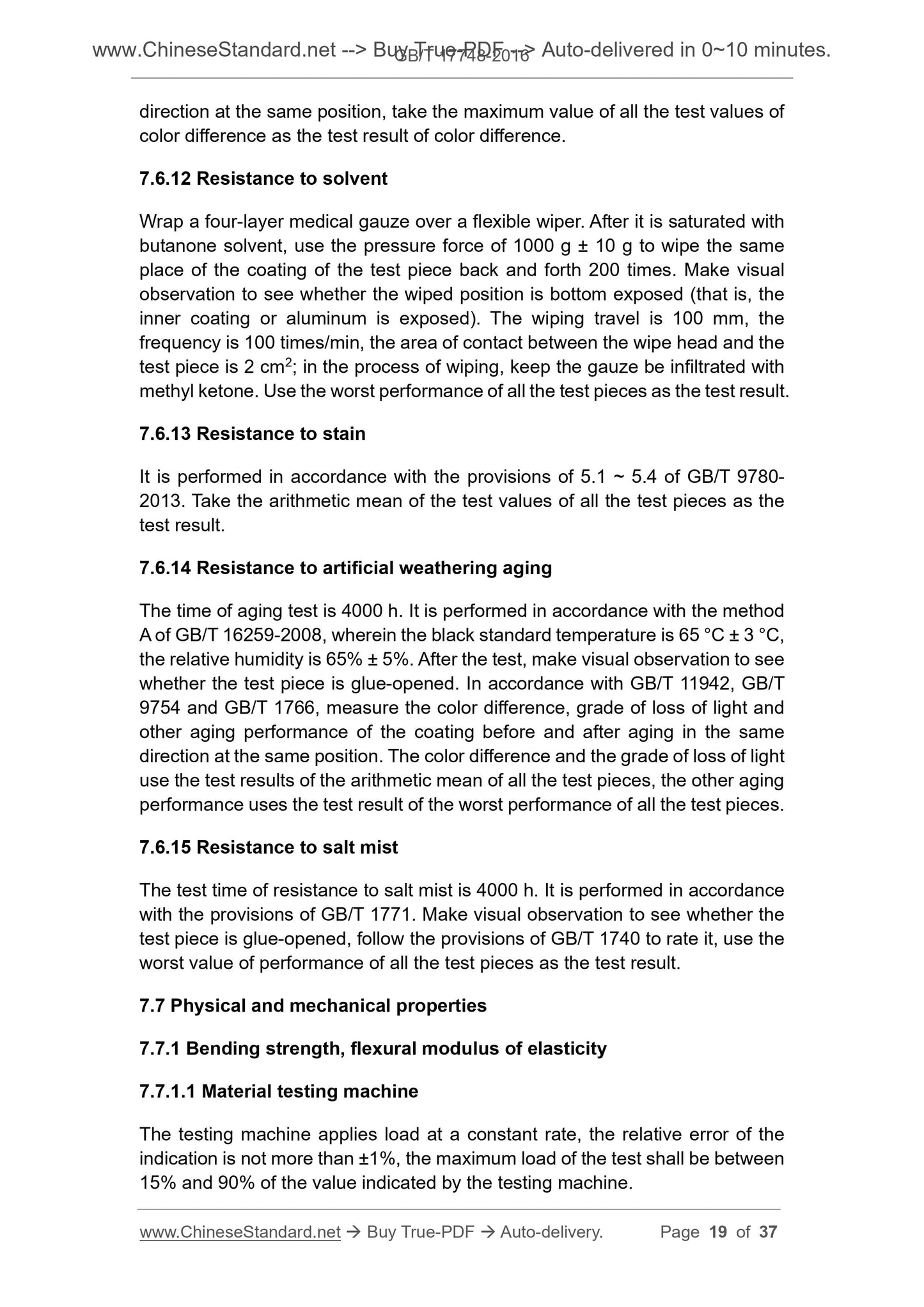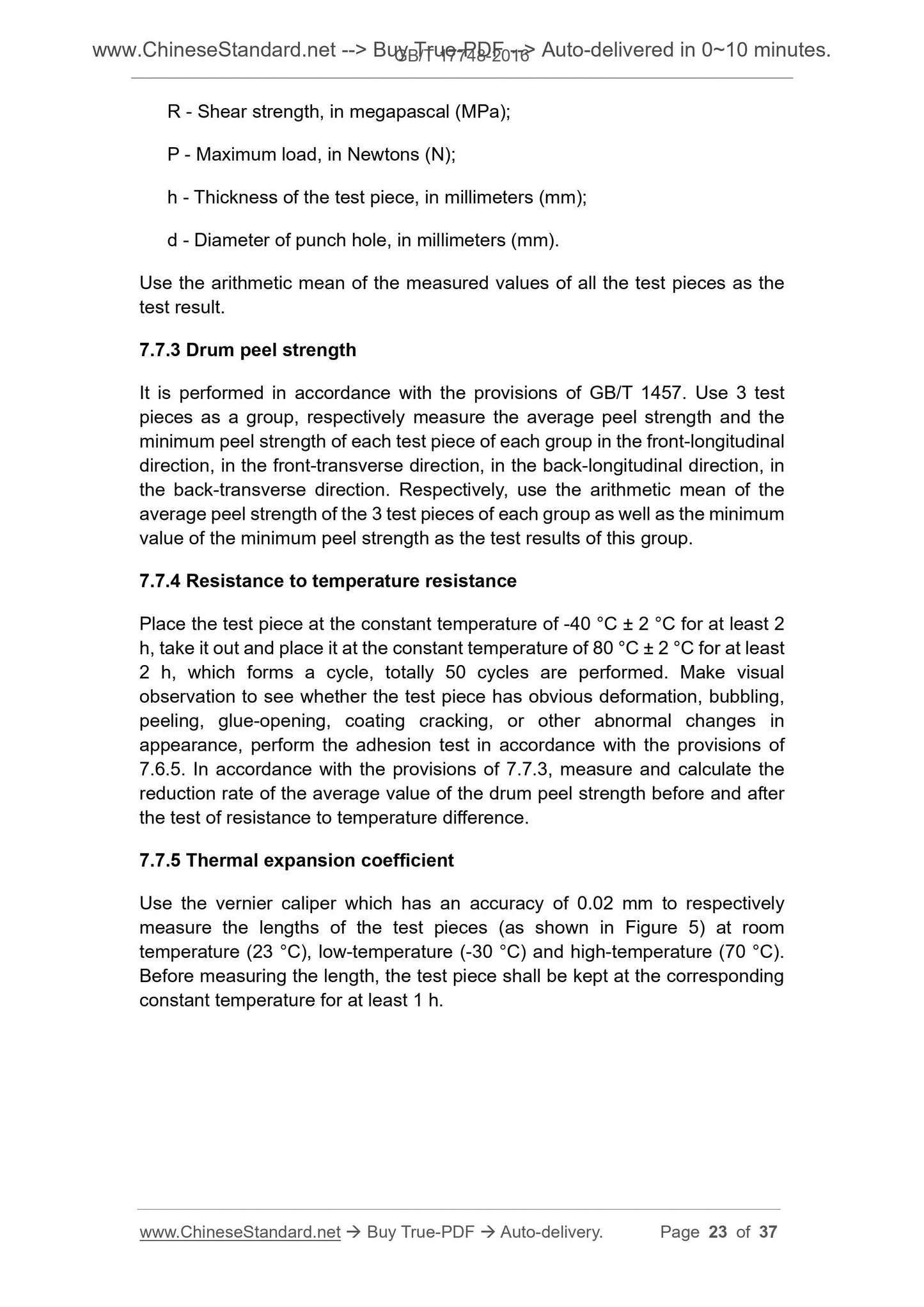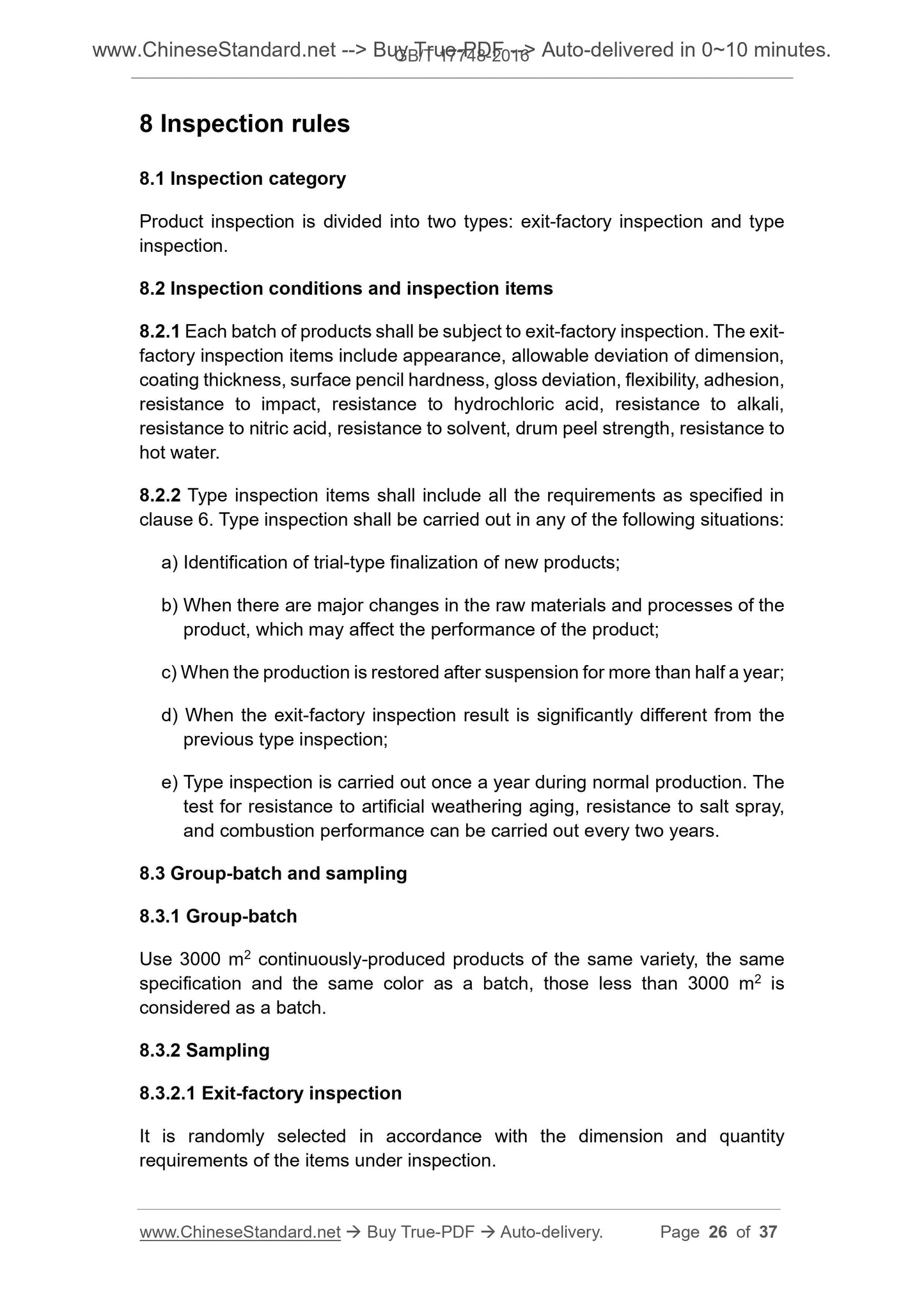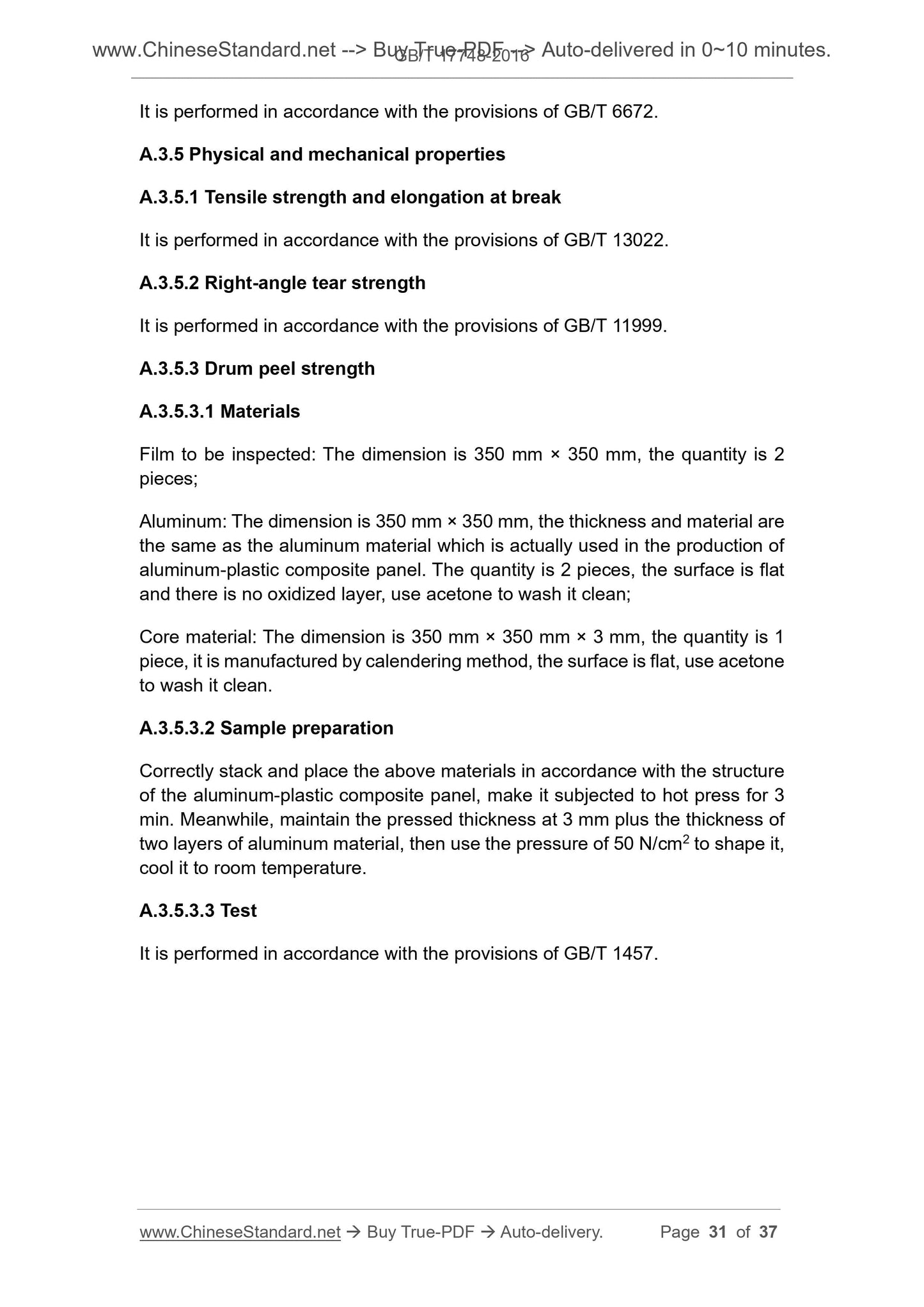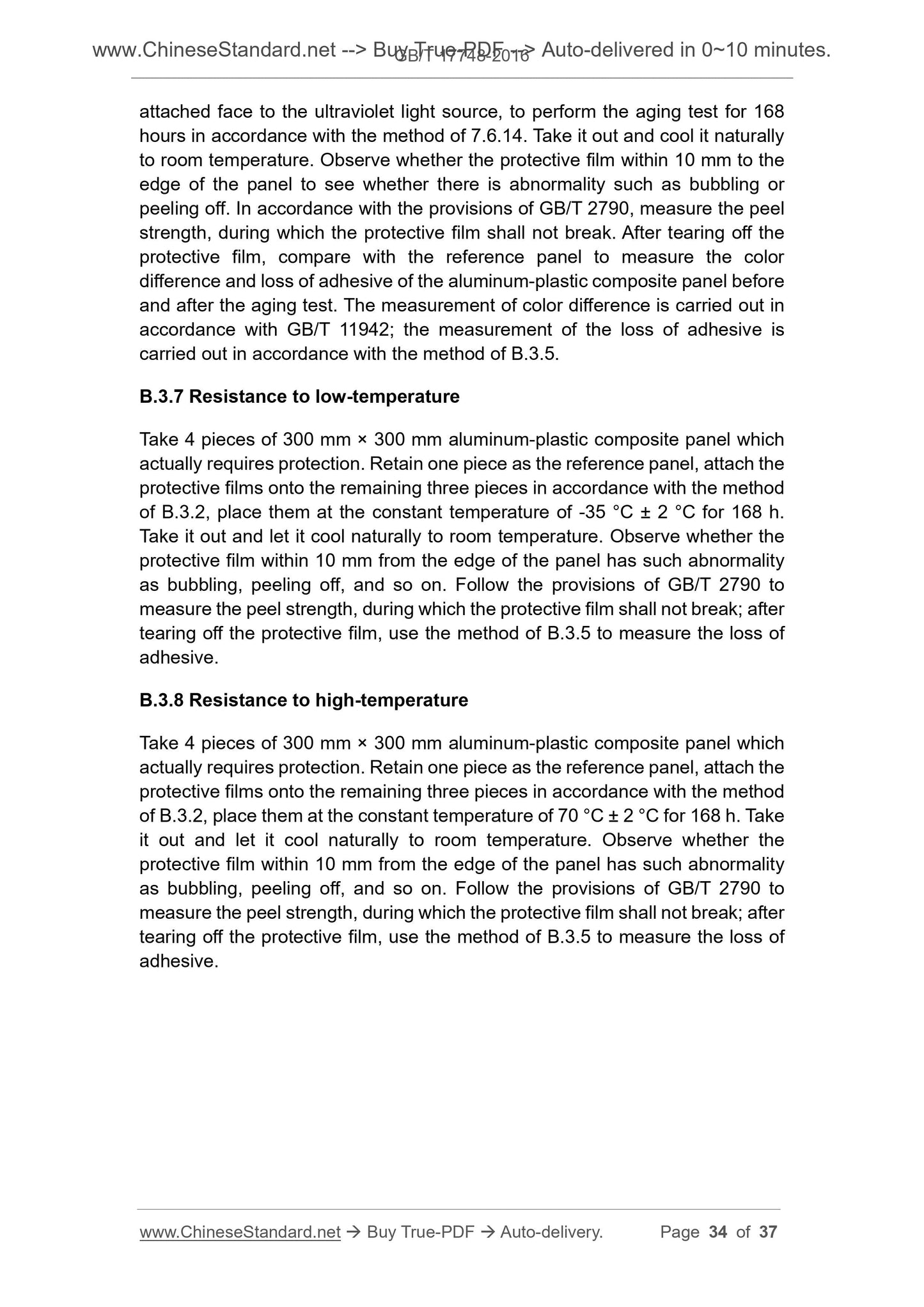1
/
of
12
www.ChineseStandard.us -- Field Test Asia Pte. Ltd.
GB/T 17748-2016 English PDF (GB/T17748-2016)
GB/T 17748-2016 English PDF (GB/T17748-2016)
Regular price
$160.00
Regular price
Sale price
$160.00
Unit price
/
per
Shipping calculated at checkout.
Couldn't load pickup availability
GB/T 17748-2016: Aluminum-plastic composite panel for curtain wall
Delivery: 9 seconds. Download (and Email) true-PDF + Invoice.Get Quotation: Click GB/T 17748-2016 (Self-service in 1-minute)
Newer / historical versions: GB/T 17748-2016
Preview True-PDF
Scope
This standard specifies the terms and definitions, classifications, specificationsand markings, raw materials, requirements, test methods, inspection rules,
signs, packaging, transportation, storage and accompanying documents for
aluminum-plastic composite panels (hereinafter referred to as “panels for
curtain wall”) for building curtain walls.
This standard is applicable to aluminum-plastic composite panels for building
curtain walls. For aluminum-plastic composite panels for other purposes, they
may make reference to this standard.
Basic Data
| Standard ID | GB/T 17748-2016 (GB/T17748-2016) |
| Description (Translated English) | Aluminum-plastic composite panel for curtain wall |
| Sector / Industry | National Standard (Recommended) |
| Classification of Chinese Standard | Q18 |
| Classification of International Standard | 91.100.99 |
| Word Count Estimation | 27,259 |
| Date of Issue | 2016-10-13 |
| Date of Implementation | 2017-09-01 |
| Older Standard (superseded by this standard) | GB/T 17748-2008 |
| Regulation (derived from) | National Standard Announcement 2016 No.17 |
| Issuing agency(ies) | General Administration of Quality Supervision, Inspection and Quarantine of the People's Republic of China, Standardization Administration of the People's Republic of China |
Share
